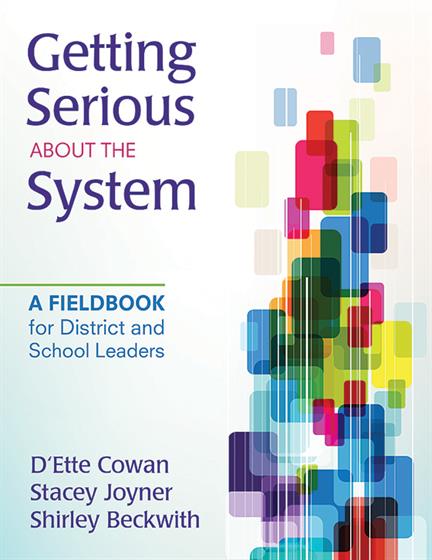Preface
Acknowledgments
About the Authors
Introduction to Systemic Improvement
Systems Thinking
Systems Thinking in Education
Working Systemically: A Process Grounded in Research
Testing and Refining the Working Systemically Approach
The Working Systemically Approach: Levels, Components, and Competencies
What It Takes
Summary
References
1. The "Works" of Working Systemically
Levels of the System
Components of the System
Competencies for Working Systemically
The Working Systemically Approach in Action
2. Phase I: Understanding Systemic Improvement
Step 1. Study the Approach
Step 2. Collect and Analyze Preliminary Data
Step 3. Present the Approach at the School Level
Step 4. Commit to Systemic Improvement
3. Phase II: Analyzing the System
Step 1. Form the District and School Leadership Teams
Step 2. Begin the Comprehensive Needs Assessment
Step 3. Conduct a Gap Analysis
Step 4. Begin the Process at the School Level
Step 5. Formulate Problem Statements
Step 6. Describe the Ideal State
Step 7. Review System Initiatives
Step 8. Continue the Process at the School Level
4. Phase III: Planning Action
Step 1. Investigate Research-Based Practices
Step 2. Explore the Professional Teaching and Learning Cycle (PTLC)
Step 3. Review Progress Made to Date and Existing Plan
Step 4. Develop a District Improvement Plan
Step 5. Formalize and Communicate the District Improvement Plan
Step 6. Develop School Improvement Plans
5. Phase IV: Taking Action & Monitoring Progress
Step 1. Implement and Monitor the Improvement Plans
Step 2. Provide Continuing Leadership for the Improvement Work
Step 3. Address Unique Challenges as They Arise
6. Phase V: Assessing & Reflecting on Outcomes
Step 1. Analyze and Reflect on Evidence of Implementation and Impact
Step 2. Decide on a Focus for Continuing the Improvement Work
Step 3. Recognize Work, Progress, and Accomplishments
Bibliography Matrix
Index




